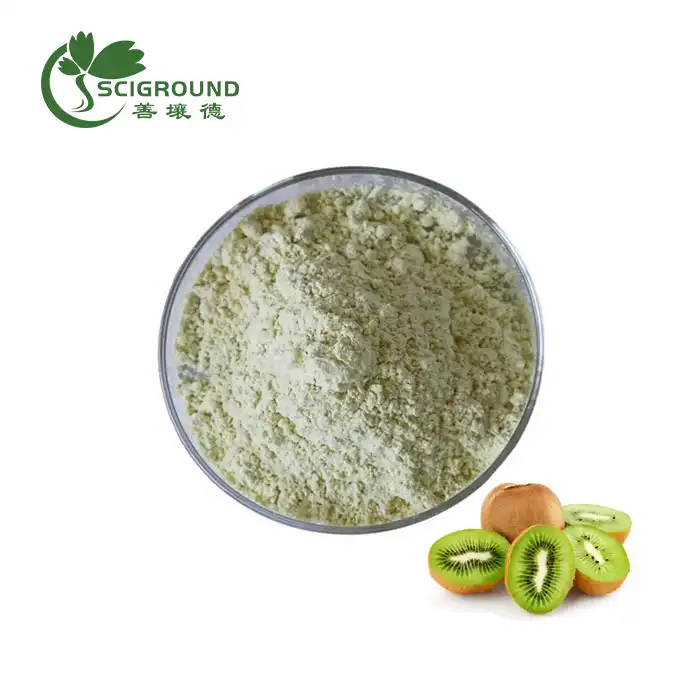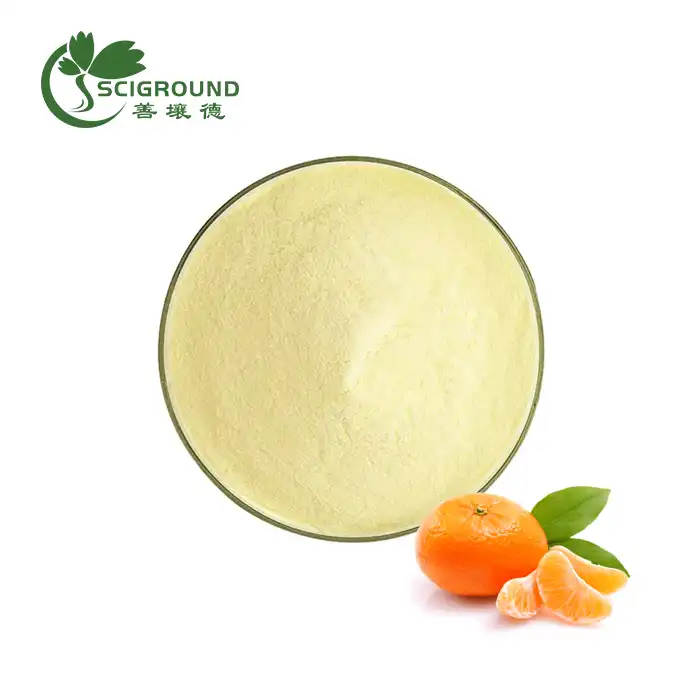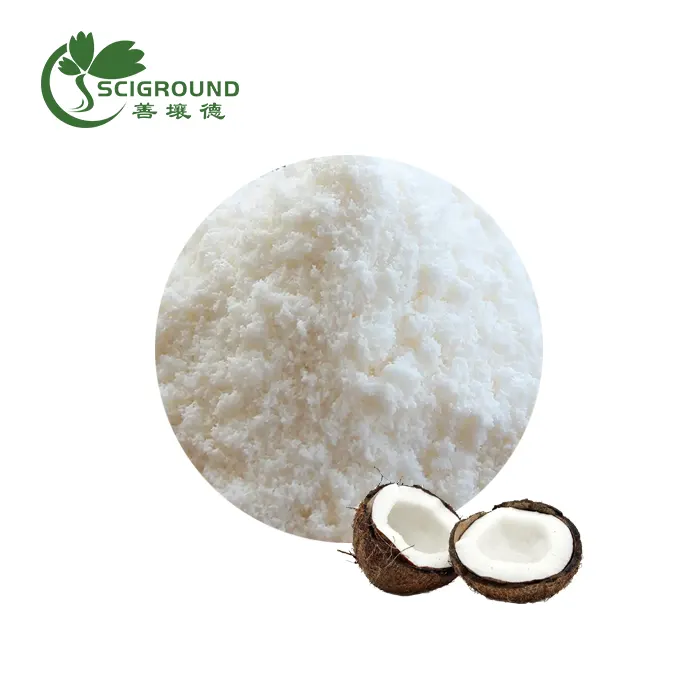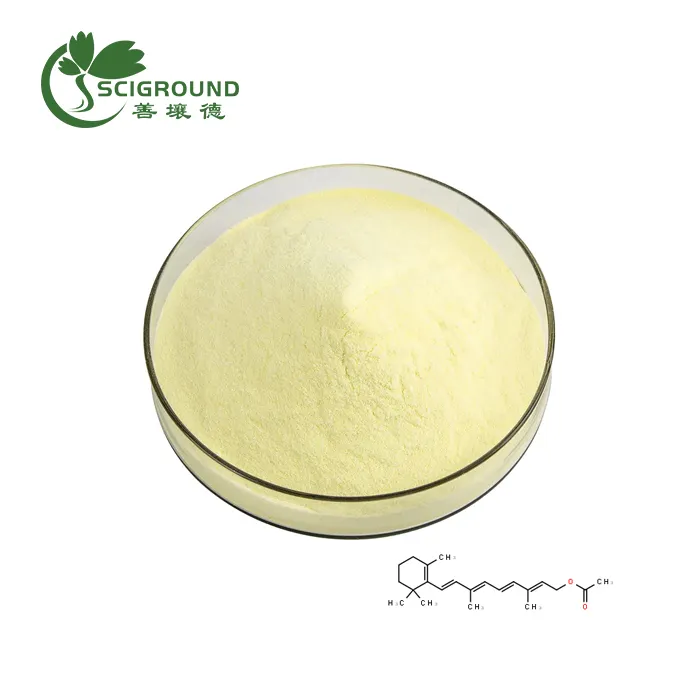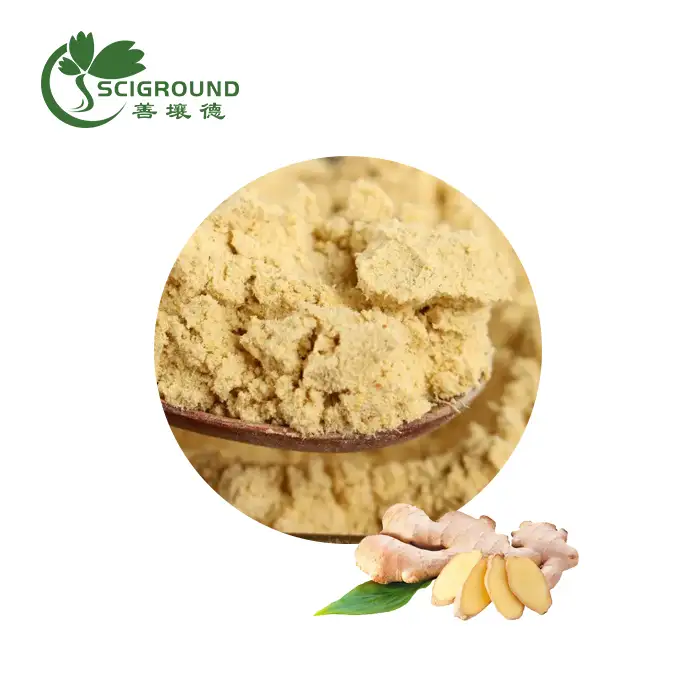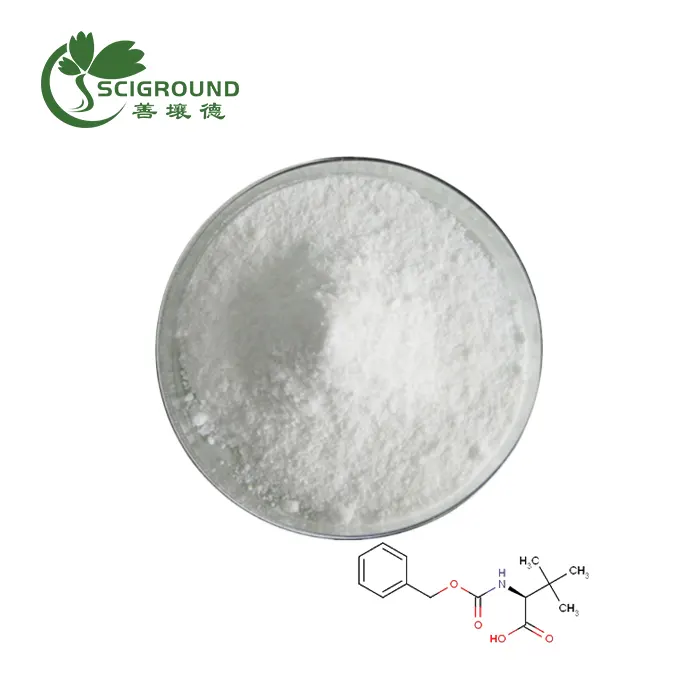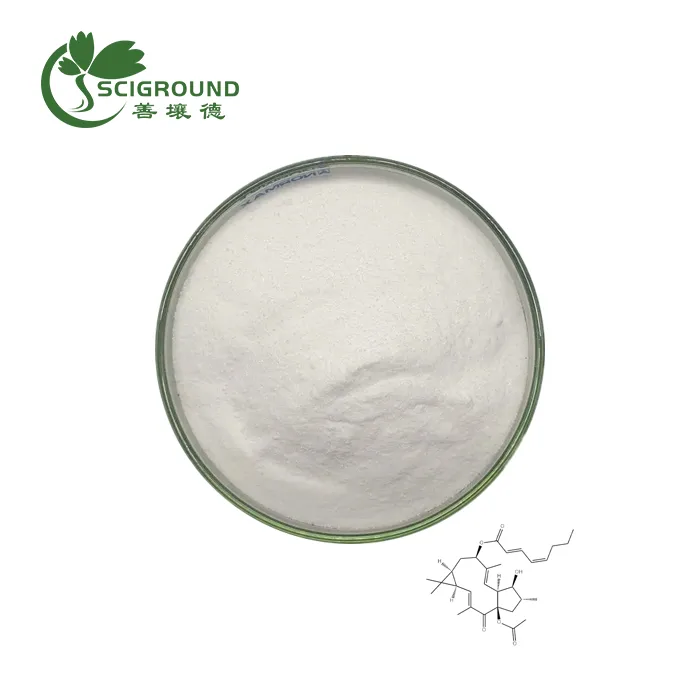What is Allium Cepa Extract?
Allium cepa extract, derived from the common onion, has gained significant attention in the health and wellness industry. This potent extract offers a myriad of benefits, thanks to its rich composition of bioactive compounds. In this comprehensive guide, we'll delve into the fascinating world of Allium cepa extract, exploring its characteristics, classification, and potential side effects.
Morphological Characteristics of Allium cepa
Allium cepa, commonly known as the onion, is a remarkable plant with distinct morphological features. This perennial herb boasts an underground stem in the form of a bulb, which serves as its primary storage organ. The plant's root system is fibrous and adventitious, providing stability and nutrient absorption.
The onion's cylindrical, fleshy bulb is encased in papery skin and comprises concentric layers of swollen leaf bases. These layers store nutrients and give the onion its characteristic shape. Emerging from the bulb are long, hollow leaves with parallel venation, forming a cluster of progressive growth.
One of the most striking features of Allium cepa is its inflorescence. The plant produces one or two leafless flower stalks, known as scapes, which can reach impressive heights of 75-180 cm. At the apex of each scape, a spherical umbel of flowers develops, creating a visually stunning display.
The flowers of Allium cepa are small, complete, and typically white or pale purple in color. They are arranged in a unique structure called an umbel, where multiple flower pedicels of equal length radiate from a single point at the top of the flower stalk. This arrangement gives the inflorescence its characteristic globe-like appearance.
Each individual flower is hypogynous and trimerous, with six tepals arranged in two whorls. The flowers are protandrous, meaning the male reproductive parts mature before the female parts, promoting cross-pollination. The gynoecium is syncarpous and tricarpellary, with a superior ovary containing two ovules in each of its three locules.
After pollination, the flowers develop into small, loculicidal capsules containing black, angular seeds. These seeds are endospermous, providing nourishment for the developing embryo during germination.
Specific Classification of Allium cepa
Understanding the taxonomic classification of Allium cepa provides valuable insight into its relationships with other plants and its evolutionary history. Here's a detailed breakdown of its classification:
- Kingdom: Plantae - As a multicellular, eukaryotic organism capable of photosynthesis, Allium cepa belongs to the plant kingdom.
- Division: Magnoliophyta - This division, also known as Angiosperms, includes all flowering plants. Allium cepa produces flowers and seeds enclosed within fruits, placing it firmly within this group.
- Class: Liliopsida - Formerly known as Monocotyledons, this class is characterized by plants with a single cotyledon in their seeds. Allium cepa exhibits typical monocot features such as parallel leaf venation and trimerous flowers.
- Order: Asparagales - This order includes many economically important plants, particularly those with bulbs or rhizomes. Allium cepa's bulbous nature and other characteristics align it with this group.
- Family: Alliaceae (or Amaryllidaceae) - There has been some debate about the family classification of Allium. While traditionally placed in Liliaceae, it is now often included in Alliaceae or, in some systems, Amaryllidaceae. These families are known for their pungent sulfur compounds.
- Genus: Allium - This large genus comprises hundreds of species, including many culinary and ornamental plants. Members of Allium are characterized by their bulbous nature and distinctive flavor compounds.
- Species: A. cepa - The specific epithet "cepa" distinguishes the common onion from other Allium species.
It's worth noting that Allium cepa has a rich diversity of cultivars, each with unique characteristics. These varieties can differ in size, shape, color, and flavor intensity, catering to various culinary and agricultural needs worldwide.
The edible parts of Allium cepa extend beyond just the bulb. While the bulb is the most commonly consumed part, the leaves, flowers, and even seeds can be utilized in various culinary applications. The leaves, often referred to as scallions or spring onions when harvested young, add a mild onion flavor to dishes. The flowers, while less commonly used, can serve as an attractive and flavorful garnish. Even the seeds, though not typically consumed directly, play a crucial role in onion propagation and breeding programs.
Side Effects and Toxicity in Allium Cepa Extract
While Allium cepa extract offers numerous health benefits, it's crucial to be aware of potential side effects and toxicity concerns. Research has shed light on both the positive and negative impacts of this potent extract.
A study investigating the cytotoxicity of Allium cepa extract (OE) and its compounds on human erythroleukemic cell lines revealed intriguing results. The research focused on the extract's ability to induce apoptosis or necrosis in these cells, as well as its potential to cause oxidative stress and DNA damage.
Interestingly, the study found that OE exhibited an antioxidant potential, providing protection against oxidative harm. However, it also caused significant DNA damage in both cell lines tested. This dual nature of OE - protective in some aspects yet potentially harmful in others - underscores the complexity of its effects on cellular systems.
One of the most notable concerns regarding Allium cepa toxicity relates to its effects on canines. A study conducted on dogs revealed that onion consumption can lead to hemolytic anemia, a condition characterized by the abnormal breakdown of red blood cells.
In this study, dogs were fed cooked onions at a rate of 30 grams per kilogram of body weight daily for two days. The researchers observed several significant changes in the dogs' blood parameters:
- Decreased red blood cell count, hemoglobin levels, and hematocrit
- Increased plasma bilirubin and urobilinogen levels
- Elevated Heinz body counts (indicating damage to red blood cells)
- Increased reticulocyte count (indicating the body's attempt to compensate for red blood cell loss)
- Alterations in various erythrocyte parameters, including reduced glutathione levels and changes in membrane deformability
These findings highlight the potential dangers of onion consumption for dogs and underscore the importance of keeping onions and onion-containing products away from pets.
For humans, while Allium cepa extract is generally considered safe when used appropriately, some individuals may experience side effects. These can include:
- Gastrointestinal discomfort: Some people may experience bloating, gas, or stomach upset when consuming onion extract.
- Allergic reactions: Though rare, allergic reactions to onion extract can occur, manifesting as skin rashes, itching, or in severe cases, difficulty breathing.
- Blood thinning effects: Onion extract may have mild blood-thinning properties, which could be a concern for individuals taking blood-thinning medications or those with bleeding disorders.
- Heartburn: In some individuals, onion extract may exacerbate acid reflux or heartburn symptoms.
It's important to note that while these side effects are possible, they are not universal. Many people consume Allium cepa extract without experiencing any adverse effects. As with any supplement or extract, it's advisable to consult with a healthcare professional before incorporating Allium cepa extract into your regimen, especially if you have pre-existing health conditions or are taking medications.
In conclusion, Allium cepa extract is a powerful natural compound with a complex profile of effects. While it offers numerous potential health benefits, it's crucial to be aware of possible side effects and use it judiciously. By understanding both the positive attributes and potential risks associated with Allium cepa extract, individuals can make informed decisions about its use in their health and wellness routines.
If you're interested in learning more about Allium cepa extract or exploring its potential applications, we invite you to reach out to us. At Shaanxi SCIGROUND, we're committed to providing high-quality plant extracts and expert guidance. Contact us at info@scigroundbio.com to discuss how Allium cepa extract might benefit your products or research.
References:
- Kumar, S., & Pandey, A. K. (2013). Chemistry and biological activities of flavonoids: an overview. The Scientific World Journal, 2013.
- Griffiths, G., Trueman, L., Crowther, T., Thomas, B., & Smith, B. (2002). Onions—a global benefit to health. Phytotherapy research, 16(7), 603-615.
- Slimestad, R., Fossen, T., & Vågen, I. M. (2007). Onions: a source of unique dietary flavonoids. Journal of agricultural and food chemistry, 55(25), 10067-10080.
- Corzo-Martínez, M., Corzo, N., & Villamiel, M. (2007). Biological properties of onions and garlic. Trends in food science & technology, 18(12), 609-625.
- Lanzotti, V. (2006). The analysis of onion and garlic. Journal of chromatography A, 1112(1-2), 3-22.
- Augusti, K. T. (1996). Therapeutic values of onion (Allium cepa L.) and garlic (Allium sativum L.). Indian journal of experimental biology, 34(7), 634-640.
Related Industry Knowledge
- Unlocking the Power of Arnica Extract: Benefits & Risks
- What is Althaea Officinalis Root Extract
- Should healthy people take berberine?
- Does astragalus detox your body?
- Berberine vs Dihydroberberine
- Piperine vs Capsaicin
- Dihydromyricetin Benefits
- Forsythia Extract: A Comprehensive Guide
- Puerarin Extract: Unlocking the Potential of Nature's Gift
- The Mighty Maca Root Extract Powder: Revitalize Your Health and Vitality Naturally
